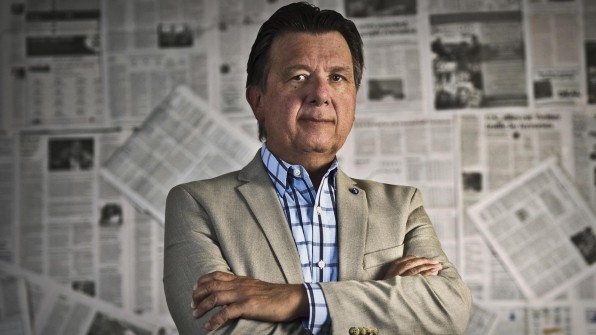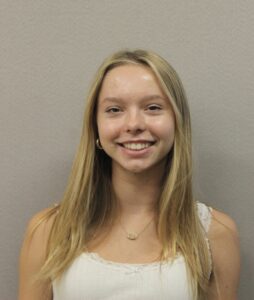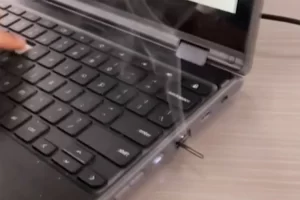By Charlotte Calick
If you are sitting in an Italian restaurant and hear someone ordering prosciutto as “prochut,” it can be inferred that they are of Italian descent, but were born in New York or New Jersey. Italian-Americans for some unknown reason tend to drop the vowels on words such as prosciutto, mozzarella, and ricotta. Native Italians pronounce the whole word.
Or if someone were to add little colorful sugar bits on top of ice cream and call them “jimmies,” they are most likely from New England, as other regions call them sprinkles.
You can learn a lot about a person by the way they communicate. Just ask James “Fitz” Fitzgerald, retired FBI agent and an expert in the field of forensic linguistics. It is, after all, what helped him catch the Unabomber.
During a 17-year span our country was terrorized by sporadic mail bombings. Intricate explosives were sent to universities and airlines, creating an FBI investigation they called the UNABOM. From the case name the public began to refer to the unknown person as the Unabomber.
For years the Unabomber toyed with the press, sending letters to The New York Times. In 1995, he demanded the FBI publish his 35,000-word, eight-page manifesto, Industrial Society and Its Future, which discussed the failures and negative effects of technology. If they refused he threatened to blow up an airplane out of LAX. The decision whether or not to publish the manifesto created a frenzy within the government and the Bureau. Either give the terrorist a national platform but save American lives, or risk American lives by giving the terrorist a national platform.
Throughout the decade and a half long hunt, FBI profilers determined they were looking for an uneducated, blue collar white male, with a lack of a maternal figure, experience in mechanics, and a residency in the Bay Area. It was not until the Bureau brought in Fitzgerald — a Philadelphia-born, new Quantico graduate and FBI profiler — that the original profile was refuted and revised.
Fitz realized the format of the manifesto followed a similar style to a Chicago formatted Ph.D. dissertation — numbered paragraphs, numbered endnotes, and a corrections page. Before 1967, the corrections page was called eratta, and after 1972, endnotes were re-formatted to footnotes. This indicated the Unabomber most likely received a Ph.D. between 1967 and 1972. Furthermore, the manifesto addressed women as “chicks” and people of color as “negroes,” words that hadn’t been commonly used for 20 years. Based on these findings, Fitzgerald was able to create a new profile and determined the Unabomber was in fact a Chicago-raised white male with a Ph.D., received between ’67 and ’72, who lived alone, most likely in isolation.
This new profile was what the FBI needed and it eventually led to the capture of Ted Kaczynski, an Illinois-born Harvard graduate with a Ph.D. from the University of Michigan. The FBI found Kaczynski disconnected from society and living by himself in a 10×12 cabin in Lincoln, Montana.
After the success from the UNABOM case, Fitz pioneered a new branch of the Bureau in Forensics Linguistics: the analysis of language to solve crimes.
Fast Forward to today, this case caught my eye after watching Manhunt: Unabomber, a Discovery channel miniseries which covered all aspects of the hunt of Kaczynski.
With little expectation of receiving a response, I reached out to Fitz to express my interest in his story. Shockingly, he replied with answers to several of my questions. On a whim I invited Fitz to come speak to my SUPA Forensics class, and give a detailed explanation of Forensic Linguistics. To my delight he agreed, and will be “zooming” in on April 23rd.
It is a great honor to have the man who took control of the UNABOM case speak to my class, and share his insight.










Be First to Comment